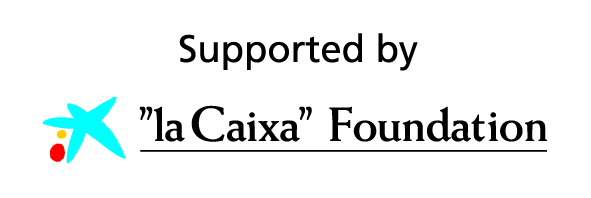Dossier
An Amazigh Decade of struggles
Years of mobilization allow the Amazigh to move forward in their recognition in North Africa despite challenges and setbacks
In this series of articles, we take a trip to North African, Saharan and Sahelian states, seeking to portray recent developments and the current state of Amazigh struggles for the rights of women, the right to land, the right to culture and identity... The Amazigh people —one of the world’s largest not to have its own state— has been indigenous to North Africa for millennia, and since recent times also increasingly in the American and European diaspora. Policies of denial of rights and assimilation by colonial powers first, and North African states later, have not succeeded in deleting its existence.

List of articles:
